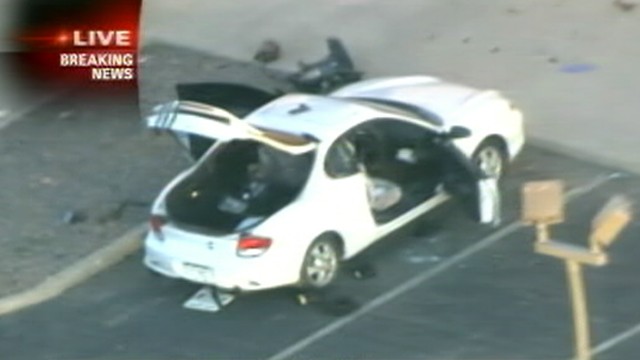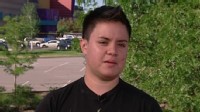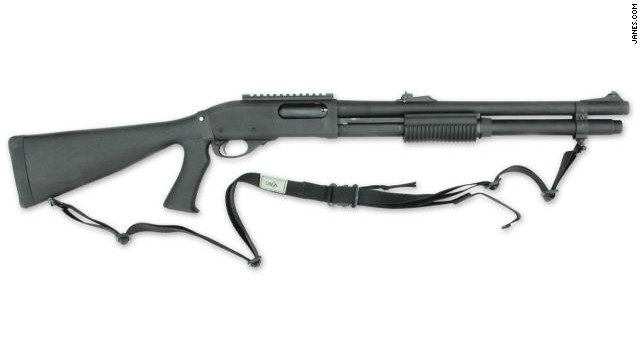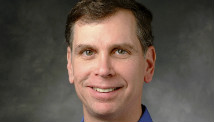
Editor's Note: An earlier ABC News broadcast report suggested that a Jim Holmes of a Colorado Tea Party organization might be the suspect, but that report was incorrect. ABC News and Brian Ross apologize for the mistake, and for disseminating that information before it was properly vetted.
A California woman who identified herself as the mother of James Holmes, the 24-year-old man federal authorities said is the suspect in a mass shooting in an Aurora, Colorado movie theater, told ABC News her son was likely the alleged culprit, saying, "You have the right person."
The woman, contacted at her home in San Diego, spoke briefly with ABC News and immediately expressed concern her son may be involved in the shooting death of at least 12 people overnight.
"You have the right person," she said, apparently speaking on gut instinct. "I need to call the police... I need to fly out to Colorado."
Holmes was apprehended by police outside the theater after allegedly killing 12 people and injuring another 50 during a late night screening of the blockbuster movie "The Dark Knight Rises," authorities said. Law enforcement officials told ABC News the weapons used in the massacre include a military-style AR-15 assault rifle, a shotgun and two handguns.
Local news reports showed aerial video of police cautiously searching Holmes' apartment, some five miles from the Century Aurora 16 theater, as the suspect reportedly told police he had explosives inside. At a morning briefing, local police said that the apartment appeared to be booby-trapped.
A thousand miles away in San Diego, several police cars have arrived at the home of Holmes' mother.
ABC News
Police search the car of suspect, James... View Full Size
Colorado 'Dark Knight' Shooting Witness: I Saw A Guy Right Next To Me Getting Shot Watch Video
Colorado 'Dark Knight Rises' Shooting Witness: Suspect Pointed 'His Gun in My Face' Watch Video
'Dark Knight Rises' Aurora, Colorado Theater Shooting Witness: 'I Thought It Was a Prank' Watch Video
James Holmes was a student at the University of Colorado Denver Medical Campus but had dropped out in June, according to a school official. He attended high school in California, a police spokesperson there said.
The police spokesperson provided a statement from the Holmes family in which they said their "hearts go out to those who [were] involved in this tragedy and to the families and friends of those involved."
The spokesperson said the family was "very upset" and the incident "has taken everyone by surprise."
Witnesses to the shooting said that a man appeared at the front of the theater about 20 minutes into the movie with a rifle, handgun and gas mask. He then threw a canister that released some kind of gas, after which a hissing sound ensued, and he then opened fire on the crowd packed into the early-morning screening of the film.
"We were maybe 20 or 30 minutes into the movie and all you hear, first you smell smoke, everybody thought it was fireworks or something like that, and then you just see people dropping and the gunshots are constant," witness Christ Jones told ABC's Denver affiliate KMGH. "I heard at least 20 to 30 rounds within that minute or two."
A man who talked to a couple who was inside the theater told ABC News, "They got up and they started to run through the emergency exit, and that when she turned around, she said all she saw was the guy slowly making his way up the stairs and just firing at people, just picking random people."
"The gunshot continued to go on and on and then after we didn't hear anything," the couple told the man. "We finally got up and there was people bleeding, there was people obviously may have been actually dead or anything, and we just ran up out of there, there was chaos everywhere."
The FBI said approximately 100 of its agents are on the scene assisting with the ongoing investigation.
ABC News' Lee Ferran, Jack Date, Jason Ryan, Clayton Sandell, Kevin Dolack contributed to this report.

















